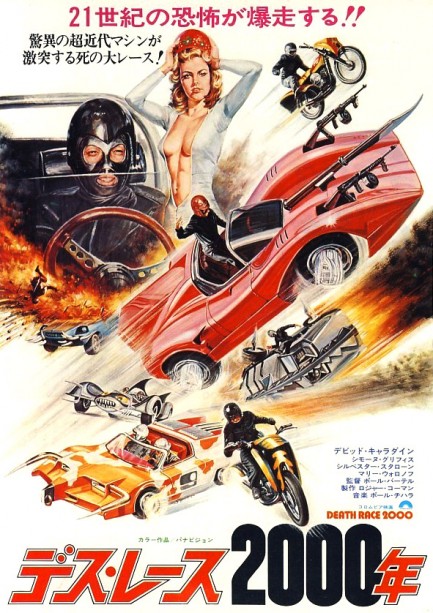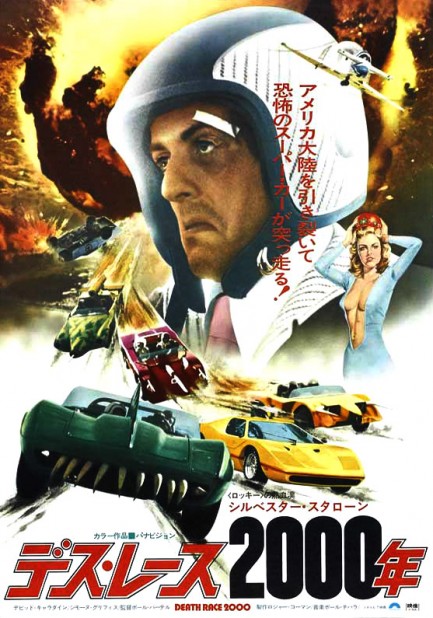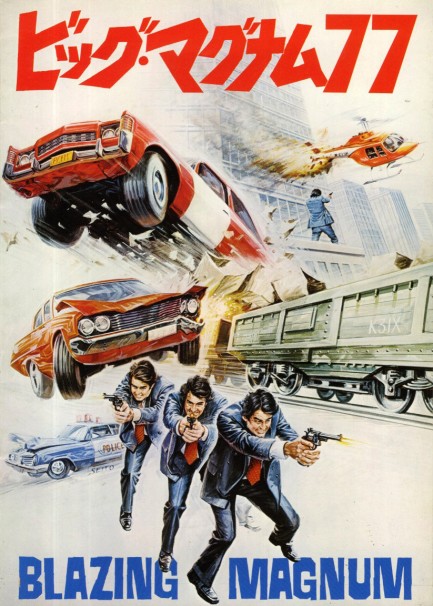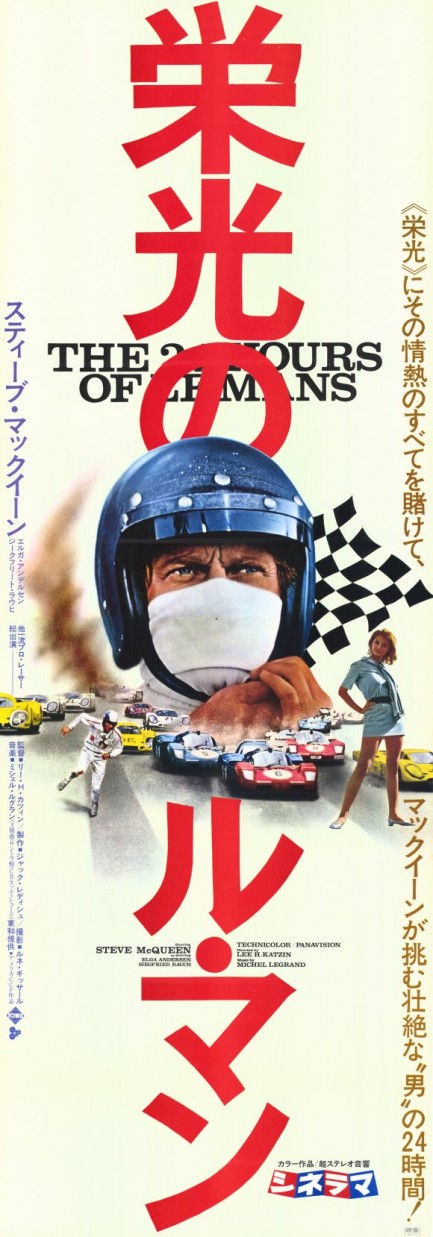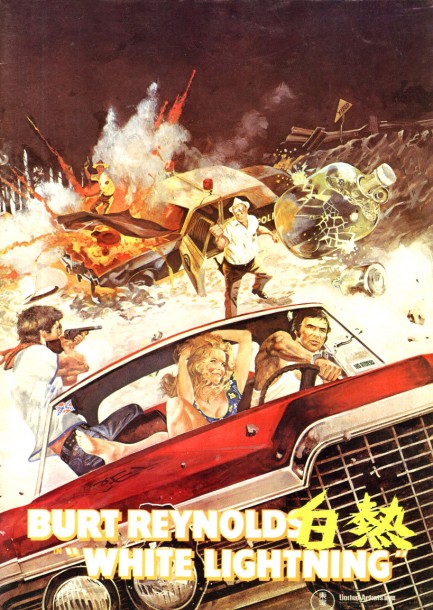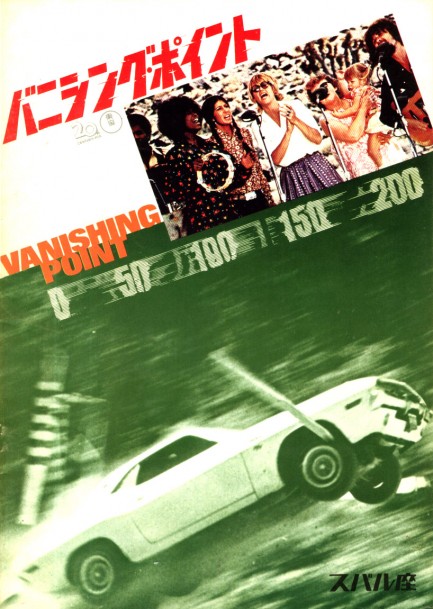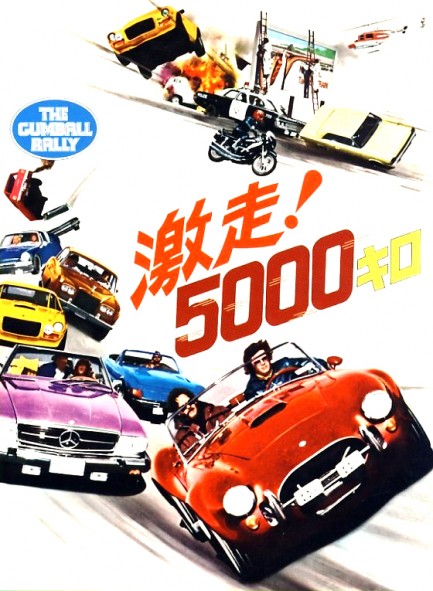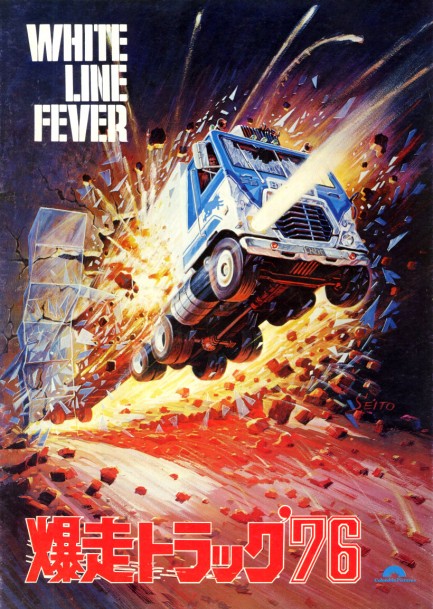| Vintage Pulp | Jan 13 2021 |

Steve Sandor draws first blood before Rambo arrives on the scene.
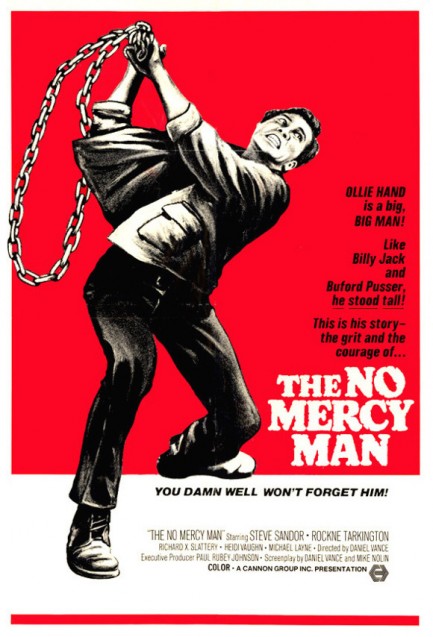
Above you see a low rent poster for The No Mercy Man, aka Bad Man, aka Trained to Kill: USA, which premiered this month in 1973 starring Steve Sandor and Rockne Tarkington, the latter last seen chilling with his pet lion in Black Samson. The No Mercy Man is a mash-up of a biker film, a High Noon-style western, and a blaxploitation film, done on the cheap. And of course with low budgets usually come bad acting, weak scripting, all thumbs in the technical departments, and a paucity of promo images (we found two). This film also has, as a special bonus, a deeply earnest theme song that sucks terribly:
And when he loves you, he loves as hard as he can.
You get no mercy, naw naw naw, from the no mercy man.
Love and lust are the same to him,
just like being raped by the Devil.
His kind of love can only bring you sin,
and his arms can only bring you evil... whooooa ohhh ohhh...
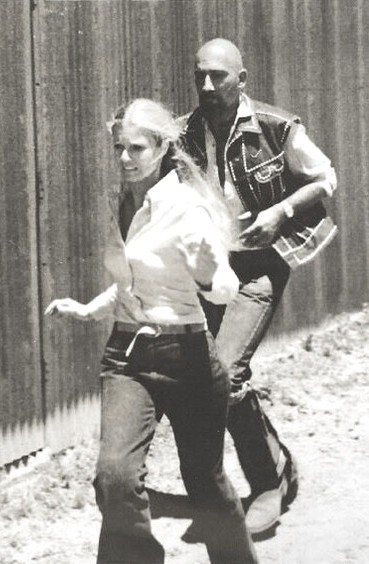 The “no mercy man” of the lyrics is the protagonist Olie Hand, played by Sandor, which means being raped by the Devil is about the hero. Incredibly, the closing theme is even worse, with the lyrics, “no one understands you ’cause you can't be understood.”
The “no mercy man” of the lyrics is the protagonist Olie Hand, played by Sandor, which means being raped by the Devil is about the hero. Incredibly, the closing theme is even worse, with the lyrics, “no one understands you ’cause you can't be understood.”Well, let's give it a try. Olie Hand is a Vietnam veteran who did terrible things in the jungles of Southeast Asia, and has now returned to his Arizona hometown to find it plagued by amoral carnies and petty criminals. He's haunted by the war. The sight of violence sends him into a mental tailspin, as horrible memories of his time in action rise to the surface. Despite his aversion to violence, it isn't long before he's forced to take on the men who are turning his town upside down.
Hand is legitimately psychologically damaged, which makes him a clear precursor to Sylvester Stallone's disturbed John Rambo from First Blood. After that film became a runaway hit Stallone booted the mental imbalance of the Rambo character out of the franchise, which freed cinemagoers to revel in hyperviolence without reflection. Rambo became the type of archetypal tough guy many Americans imagine themselves to be—the basically solid guy who tries very hard to avoid trouble, but once he's pushed across the line, boy howdy, you better open wide for your just desserts. Ollie Hand's relationship to John Rambo is clear, but he also brings to mind another iconic movie vigilante.
The year after The No Mercy Man appeared Charles Bronson brought everyman architect Paul Kersey to the screen in Death Wish. Kersey wasn't tortured by previous violent acts; he was justified by current events to commit violence. Killing wasn't harmful but healing, and took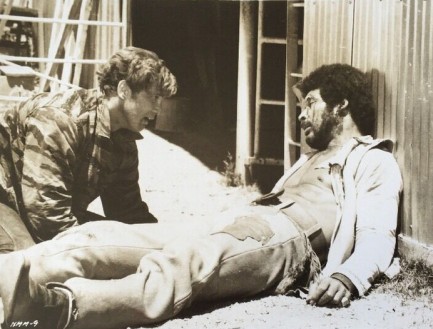 place vigilante style because of the limits of the law. It was done reluctantly, but creatively, because the capacity for baroque forms of murder lurked beneath the surface all along. American action movies have largely resided in that space ever since: violence is a rarely used but well-oiled tool every real man has at the ready, tucked between his pliers and his socket wrench.
place vigilante style because of the limits of the law. It was done reluctantly, but creatively, because the capacity for baroque forms of murder lurked beneath the surface all along. American action movies have largely resided in that space ever since: violence is a rarely used but well-oiled tool every real man has at the ready, tucked between his pliers and his socket wrench.
 place vigilante style because of the limits of the law. It was done reluctantly, but creatively, because the capacity for baroque forms of murder lurked beneath the surface all along. American action movies have largely resided in that space ever since: violence is a rarely used but well-oiled tool every real man has at the ready, tucked between his pliers and his socket wrench.
place vigilante style because of the limits of the law. It was done reluctantly, but creatively, because the capacity for baroque forms of murder lurked beneath the surface all along. American action movies have largely resided in that space ever since: violence is a rarely used but well-oiled tool every real man has at the ready, tucked between his pliers and his socket wrench.The No Mercy Man is exploitative schlock, but it's at least a bit more thoughtful than the average revenge flick. It suggests there's a price paid for violence beyond mere regret, or being turned into a taciturn curmudgeon whose warm side can eventually be teased out by the right woman or a precocious kid. The price is that you may be so altered that others are unable recognize you as human. If you've actually read your U.S. history—we mean the stuff they only gloss over in school—you know that violence has always been a first resort. The No Mercy Man acknowledges that this isn't ideal, but of course in the end decides pacifism is for pussies. It is, after all, still an American movie.
| Vintage Pulp | May 7 2018 |

Rocky isn't exactly a heavyweight in this early sexploitation effort.
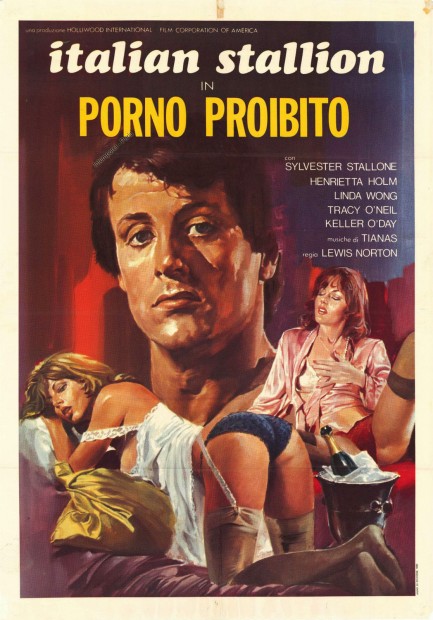
This Italian poster was made for the softcore flick Porno proibito, aka The Italian Stallion, which was Sylvester Stallone's youthful—and probably financially desperate—foray into erotic cinema. It's a plotless mess that actually got an X rating when released because of its explicit nudity, including Sly's twig and berries, and various women's honeypots. But there's no real sex—just a lot of rubbing, squirming, and boob sucking. The film had no Italian premiere date, but this poster shows that it played in Italy's cinemas sometime during the 1970s. The movie was too obscure and terrible to earn a foreign release when it was made in 1970, so our guess is it rose from obscurity after Stallone had made his mark with 1974's The Lords of Flatbush and 1975's Death Race 2000. It could even be post-Rocky. In fact, that seems likely. Stallone performed under his own name in the film, but on the promo is referred to as Italian Stallion—indicating a high level of fame. So let's say 1976 or 1977 for its Italian debut until someone pops up with better information. Sly probably wishes all the prints of the film had been incinerated, but don't feel sorry for him. The embarrassment of displaying his welterweight dick to all the world was surely mitigated by the money, mansions, and moviegoers' adoration he later earned. We hope.
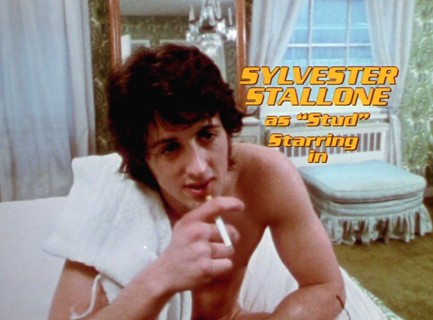
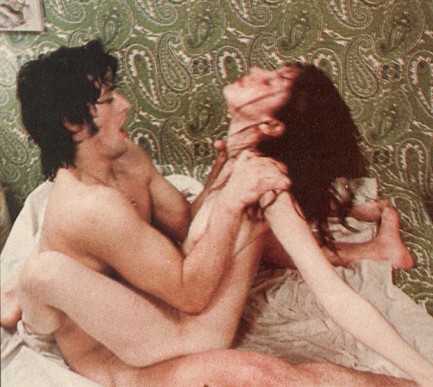
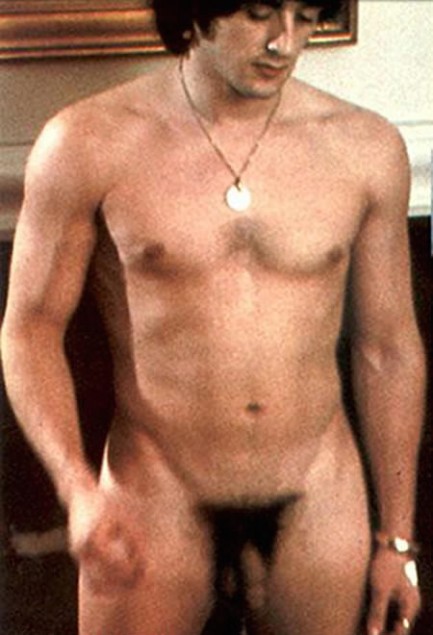
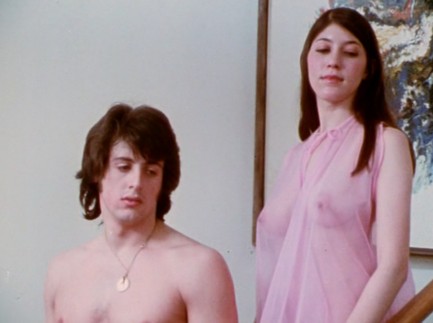

| Vintage Pulp | Apr 9 2010 |

Baby you can drive my car.
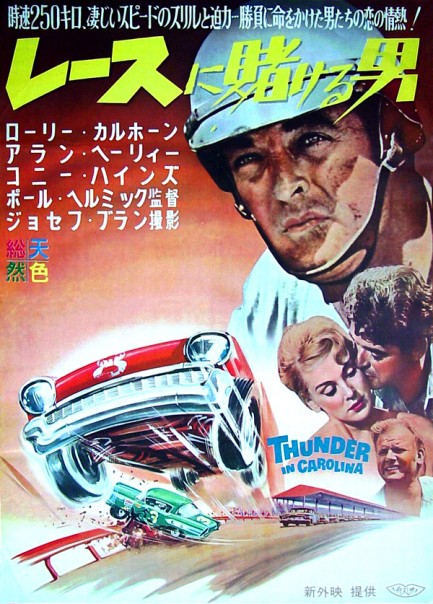
Yesterday, the Pulp girlfriends suggested that the only reason we posted all those album covers was because several of them featured nudity. We're just humble historians, chronicling mid-century art and discussing the social context within which it appeared—honest. But because our girlfriends called us voyeurs, we've decided to balance the scales a bit by posting something pretty much all women find exciting—crashing cars. Below is an assortment of Japanese posters for nine automotively-themed, vintage American movies. So there you go girls. If you don't find these exciting, well, we give up trying to figure you out.